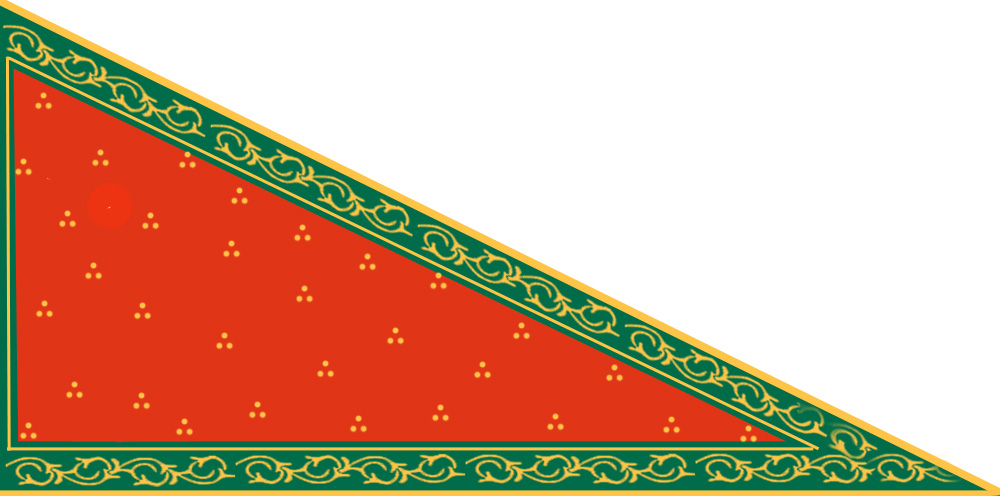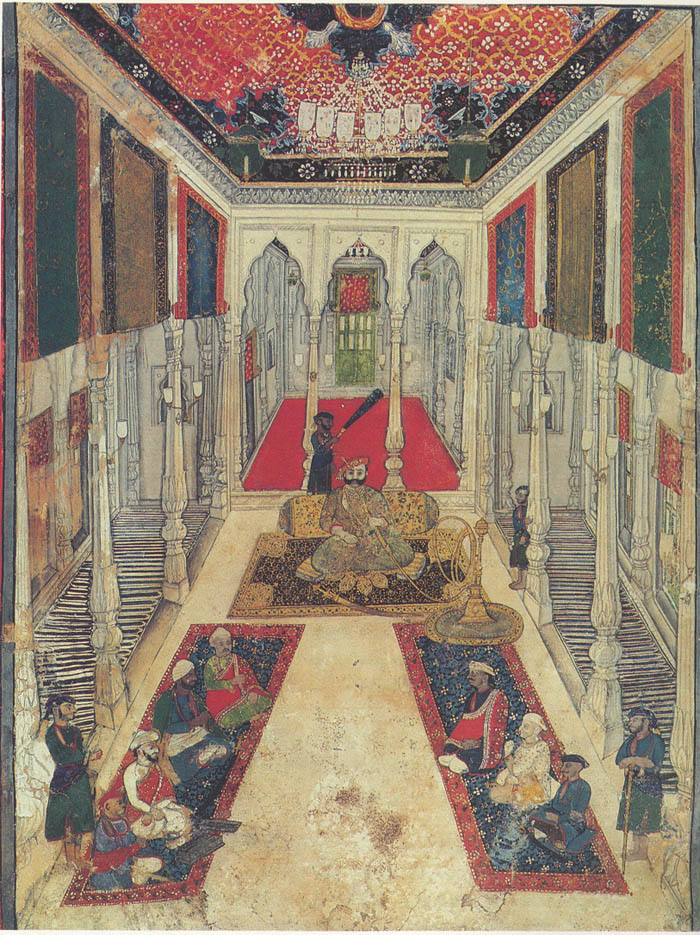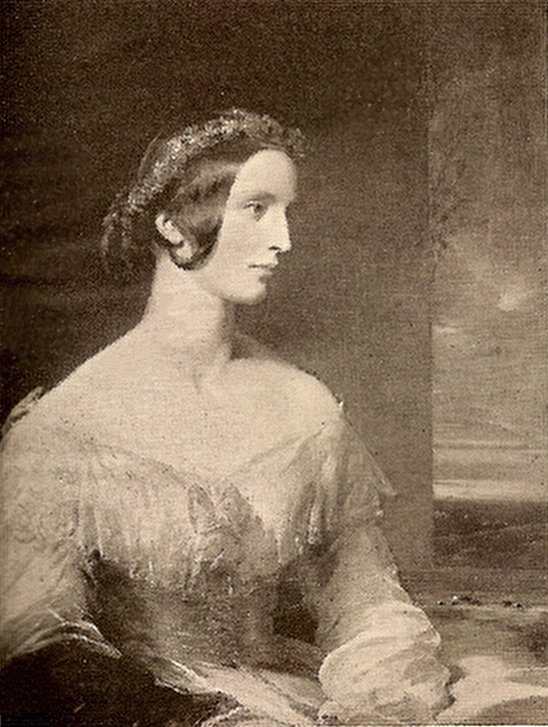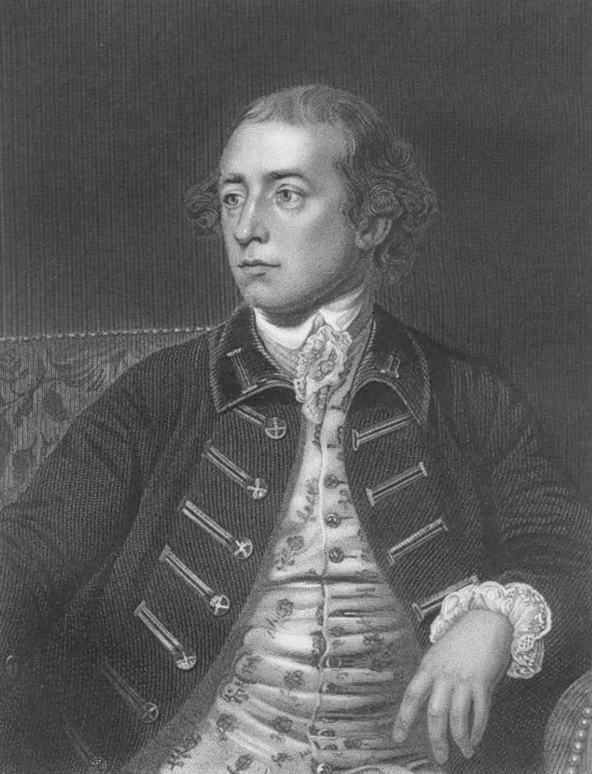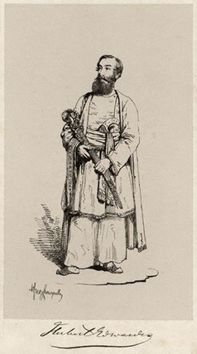|
Siege Of Multan (1848–1849)
The siege of Multan began on 19 April 1848 and lasted until 22 January 1849, and saw fighting around Multan Multan is the List of cities in Punjab, Pakistan by population, fifth-most populous city in the Punjab, Pakistan, Punjab province of Pakistan. Located along the eastern bank of the Chenab River, it is the List of cities in Pakistan by populatio ... (in present-day Punjab, Pakistan, Punjab, Pakistan) between the British East India Company and the Sikh Empire. It began with a rebellion against a ruler imposed by the East India Company, which precipitated the Second Anglo-Sikh War, and ended when the last defenders of the city surrendered to British forces. Background Multan had been captured and incorporated into the Sikh Empire of Ranjit Singh in 1818. In 1845, although the population was almost half Muslim, it was ruled by a Hindu vassal, Dewan Mulraj. In that year, the First Anglo-Sikh War broke out, and was won by the British East India Company. There was an uneasy ... [...More Info...] [...Related Items...] OR: [Wikipedia] [Google] [Baidu] |
Second Anglo-Sikh War
The Second Anglo-Sikh War was a military conflict between the Sikh Empire and the East India Company which took place from 1848 to 1849. It resulted in the fall of the Sikh Empire, and the annexation of the Punjab region, Punjab and what subsequently became the North-West Frontier Province, by the East India Company. On 19 April 1848, Patrick Alexander Vans Agnew, Patrick Vans Agnew of the civil service and Lieutenant William Anderson of the Bombay European regiment, having been sent to take charge of Multan from Diwan Mulraj Chopra, were murdered there; within a short time, the Sikh troops joined in open rebellion. Governor-General of India James Broun-Ramsay, 1st Marquess of Dalhousie, Lord Dalhousie agreed with Hugh Gough, 1st Viscount Gough, Sir Hugh Gough, the commander-in-chief, that the British East India Company's military forces were neither adequately equipped with transport and supplies, nor otherwise prepared to take the field immediately. He also foresaw the spre ... [...More Info...] [...Related Items...] OR: [Wikipedia] [Google] [Baidu] |
Durbar (court)
Durbar is a Persian-derived term (from ) referring to the noble court of a king or ruler or a formal meeting where the king held all discussions regarding the state. It was used in South Asia for a ruler's court or feudal levy. A durbar may be either a feudal state council for administering the affairs of a princely state, or a purely ceremonial gathering, as was increasingly the case during British rule in India. The most famous durbars belonged to powerful emperors and kings. In the north of India, cities like Baroda, Gwalior, Udaipur, Jaipur, Jodhpur, Jaisalmer, Agra, and the city of Lahore in Pakistan have palaces and forts that adorn such halls. The Mughal emperor Akbar had two halls—one for his ministers, and the other for the general public. Usually, durbar halls are lavishly decorated with the best possible materials available at the time. In the south of India, the Mysore Palace had a number of such halls, especially the Peacock Hall, having colour tinted glasses i ... [...More Info...] [...Related Items...] OR: [Wikipedia] [Google] [Baidu] |
Bengal Army
The Bengal Army was the army of the Bengal Presidency, one of the three presidencies of British India within the British Empire. The presidency armies, like the presidencies themselves, belonged to the East India Company (EIC) until the Government of India Act 1858 directly under Crown, passed in the House of Commons aftermath of the Indian Rebellion of 1857, transferred all three presidencies to the direct authority of the British Crown. In 1895 all three presidency armies were merged into the British Indian Army. History Origins The Bengal Army originated with the establishment of a European Regiment in 1756. While the East India Company had previously maintained a small force of Dutch and Eurasian mercenaries in Bengal, this was destroyed when Calcutta was captured by the Nawab of Bengal on 30 June that year. Under East India Company In 1757 the first locally recruited unit of Bengal sepoys was created in the form of the ''Lal Paltan'' battalion. It was recruited fr ... [...More Info...] [...Related Items...] OR: [Wikipedia] [Google] [Baidu] |
James Broun-Ramsay, 1st Marquess Of Dalhousie
James Andrew Broun-Ramsay, 1st Marquess of Dalhousie (22 April 1812 – 19 December 1860), known as the Earl of Dalhousie between 1838 and 1849, was a Scottish statesman and colonial administrator in British India. He served as Governor-General of India from 1848 to 1856. He established the foundations of the colonial educational system in India by adding mass education in addition to elite higher education. He introduced passenger trains to the Rail transport in India#History, railways, the electric telegraph and uniform postage, which he described as the "three great engines of social improvement". He also founded the Central Public Works Department, Public Works Department in India. He stands out as the far-sighted Governor-General who consolidated East India Company rule in India, laid the foundations of its later administration, and by his sound policy enabled his successors to stem the tide of rebellion. His period of rule in India directly preceded the transformation ... [...More Info...] [...Related Items...] OR: [Wikipedia] [Google] [Baidu] |
Governor General Of India
The governor-general of India (1833 to 1950, from 1858 to 1947 the viceroy and governor-general of India, commonly shortened to viceroy of India) was the representative of the monarch of the United Kingdom in their capacity as the emperor or empress of India and after Indian independence in 1947, the representative of the monarch of India. The office was created in 1773, with the title of governor-general of the Presidency of Fort William. The officer had direct control only over his presidency but supervised other East India Company officials in India. Complete authority over all of British territory in the Indian subcontinent was granted in 1833, and the official came to be known as the governor-general of India. In 1858, because of the Indian Rebellion the previous year, the territories and assets of the East India Company came under the direct control of the British Crown; as a consequence, company rule in India was succeeded by the British Raj. The governor-general (n ... [...More Info...] [...Related Items...] OR: [Wikipedia] [Google] [Baidu] |
Monsoon
A monsoon () is traditionally a seasonal reversing wind accompanied by corresponding changes in precipitation but is now used to describe seasonal changes in Atmosphere of Earth, atmospheric circulation and precipitation associated with annual latitudinal oscillation of the Intertropical Convergence Zone (ITCZ) between its limits to the north and south of the equator. Usually, the term monsoon is used to refer to the Wet season, rainy phase of a seasonally changing pattern, although technically there is also a dry phase. The term is also sometimes used to describe locally heavy but short-term rains. The major monsoon systems of the world consist of the Monsoon#Africa (West African and Southeast African), West African, Asian–Australian monsoon, Australian, the North American monsoon, North American, and South American monsoons. The term was first Glossary of the British Raj, used in English in British India and neighboring countries to refer to the big seasonal winds blowin ... [...More Info...] [...Related Items...] OR: [Wikipedia] [Google] [Baidu] |
Herbert Edwardes
Major-General Sir Herbert Benjamin Edwardes DCL (12 November 1819 – 23 December 1868) was a British administrator, soldier, and statesman active in the Punjab region of British India. He is best known as the "Hero of Multan" for his pivotal role in securing British victory in the Second Anglo-Sikh War. Background and early life Edwardes was born at Frodesley in Shropshire on 12 November 1819, the 2nd son of the Rev. Benjamin Edwardes (1790/1-1823), rector of Frodesley, a younger son of Sir John Thomas Cholmondeley Edwardes, 8th Baronet, of Shrewsbury (1764–1816). The Edwardes Baronetcy of Shropshire had been conferred on his ancestor Sir Thomas Edwardes by King Charles I in 1644/5.The baronetcy eventually became dormant on the death of the 10th Baronet Sir Henry Hope Edwardes to extant with Edwardes-Iddon which Edwardes are descended claiming succession to the title. Edwardes's mother died during his infancy, and from the age of four, following his father's death in ... [...More Info...] [...Related Items...] OR: [Wikipedia] [Google] [Baidu] |
Bannu
Bannu (, ), also called Bani Gul or Bani (, ) is a city located on the Kurram River in southern Khyber Pakhtunkhwa, Pakistan. It is the capital of Bannu Division. Bannu's residents are primarily members of the Banuchi tribe and speak Banuchi (Baniswola), a dialect of Pashto which is similar to the distinct Waziristani dialect. The residents regardless of their tribes are commonly called Banusi, Banuchi or Banisi. The major industries of Bannu are cloth weaving, sugar mills and the manufacturing of cotton fabrics, machinery and equipment. It is famous for its weekly ''Jumma'' fair. The district forms a basin drained by the Kurram and Gambila (or Tochi) rivers. Etymology According to the philologist Michael Witzel, the city was originally known in Avestan as ''Varəna'', from which its modern name derives. The ancient Sanskrit grammarian Pāṇini recorded its name as ''Varṇu''. During the 6th century BCE, the basin around Bannu was known as '' Sattagydia'' ( Old Persia ... [...More Info...] [...Related Items...] OR: [Wikipedia] [Google] [Baidu] |
Indus River
The Indus ( ) is a transboundary river of Asia and a trans-Himalayas, Himalayan river of South Asia, South and Central Asia. The river rises in mountain springs northeast of Mount Kailash in the Western Tibet region of China, flows northwest through the disputed Kashmir region, first through the Indian-administered Ladakh, and then the Pakistani administered Gilgit Baltistan, Quote: "Kashmir, region of the northwestern Indian subcontinent. It is bounded by the Uygur Autonomous Region of Xinjiang to the northeast and the Tibet Autonomous Region to the east (both parts of China), by the Indian states of Himachal Pradesh and Punjab to the south, by Pakistan to the west, and by Afghanistan to the northwest. The northern and western portions are administered by Pakistan and comprise three areas: Azad Kashmir, Gilgit, and Baltistan, ... The southern and southeastern portions constitute the Indian state of Jammu and Kashmir. The Indian- and Pakistani-administered portions are divi ... [...More Info...] [...Related Items...] OR: [Wikipedia] [Google] [Baidu] |
Lahore
Lahore ( ; ; ) is the capital and largest city of the Administrative units of Pakistan, Pakistani province of Punjab, Pakistan, Punjab. It is the List of cities in Pakistan by population, second-largest city in Pakistan, after Karachi, and 27th List of largest cities, largest in the world, with a population of over 14 million. Lahore is one of Pakistan's major industrial, educational and economic hubs. It has been the historic capital and cultural center of the wider Punjab region, and is one of Pakistan's most Social liberalism, socially liberal, Progressivism, progressive, and Cosmopolitanism, cosmopolitan cities. Origins of Lahore, Lahore's origin dates back to antiquity. The city has been inhabited for around two millennia, although it rose to prominence in the late 10th century with the establishment of the Walled City of Lahore, Walled City, its fortified interior. Lahore served as the capital of several empires during the medieval era, including the Hindu Shahis, Gha ... [...More Info...] [...Related Items...] OR: [Wikipedia] [Google] [Baidu] |
Mosque
A mosque ( ), also called a masjid ( ), is a place of worship for Muslims. The term usually refers to a covered building, but can be any place where Salah, Islamic prayers are performed; such as an outdoor courtyard. Originally, mosques were simple places of prayer for the early Muslims, and may have been open spaces rather than elaborate buildings. In the first stage of Islamic architecture (650–750 CE), early mosques comprised open and closed covered spaces enclosed by walls, often with minarets, from which the Adhan, Islamic call to prayer was issued on a daily basis. It is typical of mosque buildings to have a special ornamental niche (a ''mihrab'') set into the wall in the direction of the city of Mecca (the ''qibla''), which Muslims must face during prayer, as well as a facility for ritual cleansing (''wudu''). The pulpit (''minbar''), from which public sermons (''khutbah'') are delivered on the event of Friday prayer, was, in earlier times, characteristic of the central ... [...More Info...] [...Related Items...] OR: [Wikipedia] [Google] [Baidu] |
Gurkha
The Gurkhas or Gorkhas (), with the endonym Gorkhali ( Nepali: गोर्खाली ), are soldiers native to the Indian subcontinent, chiefly residing within Nepal and some parts of North India. The Gurkha units consist of Nepali and (in India) Indian Gorkha, Nepali-speaking Indian people. They are recruited for the Nepali Army (96,000), the Indian Army (42,000), the British Army (4,010), the Gurkha Contingent in Singapore, the Gurkha Reserve Unit in Brunei, and for UN peacekeeping forces and in war zones around the world. Ordinary citizens of the two demographic groups become a Gurkha by applying for, and passing, the selection and training process. Gurkhas are closely associated with the '' khukuri'', a forward-curving knife, and have a reputation for fearless military prowess. Former Indian Army Chief of Staff Field Marshal Sam Manekshaw once stated that: Origins Historically, the terms "Gurkha" and "Gorkhali" were synonymous with "Nepali", which originates ... [...More Info...] [...Related Items...] OR: [Wikipedia] [Google] [Baidu] |
